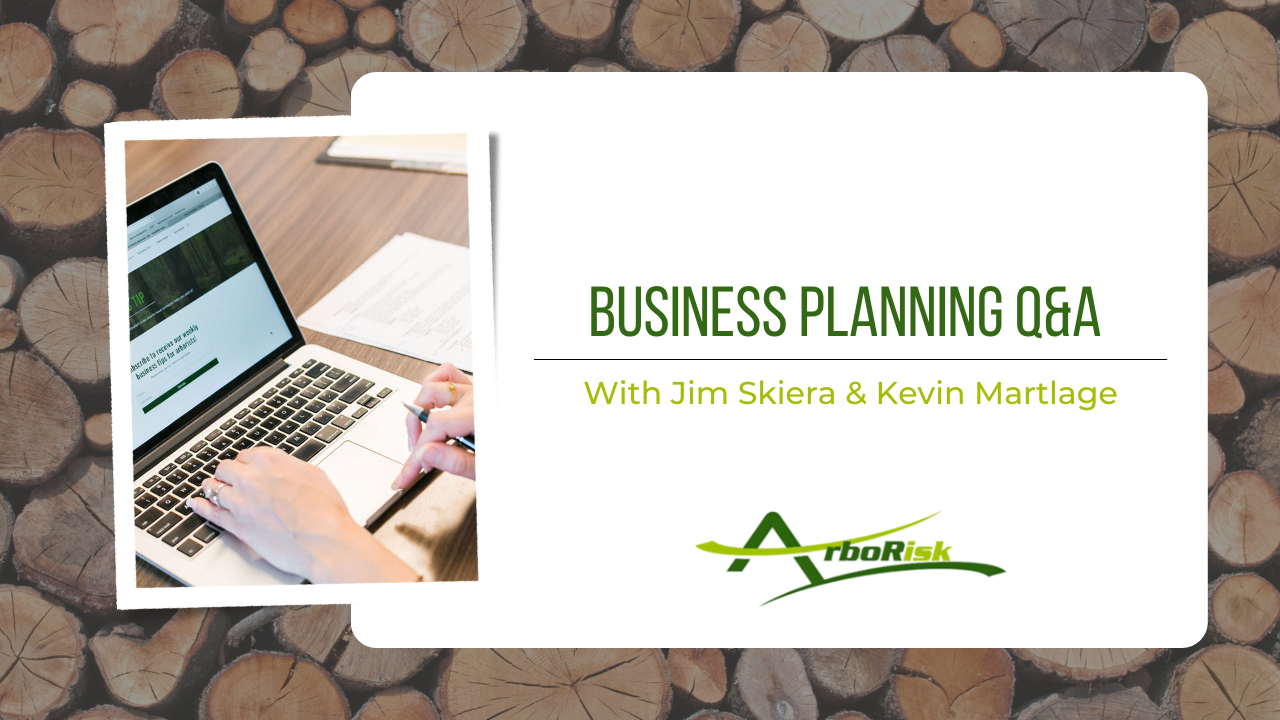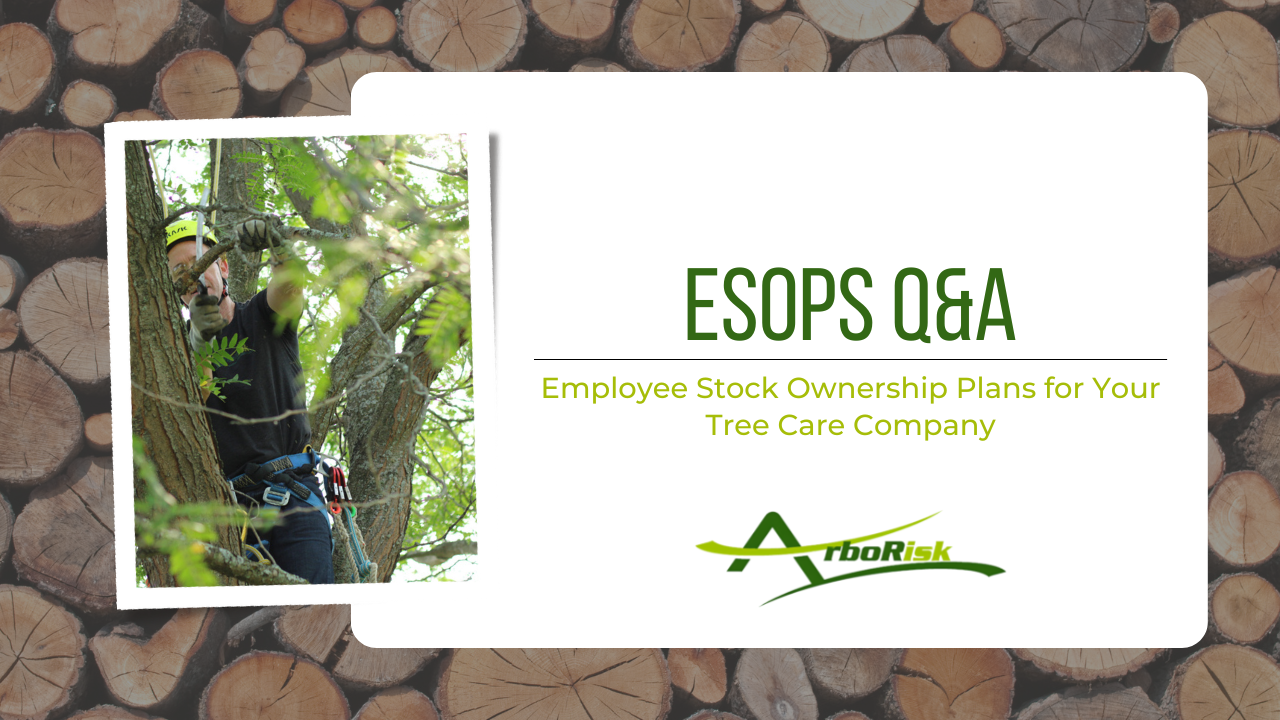Pollution Liability
Pollution Liability
Written by Mick Kelly
No matter your exact operations, every tree care company has an exposure to pollution liability. From transporting PHC chemicals to running chainsaws and equipment at the jobsite to performing maintenance on their vehicles in their shop, tree care companies need to understand what the potential for a pollution event happening to them is and how to properly protect themselves from a costly remediation. Fortunately, there are insurance policies that you can purchase to transfer the risk of the remediation cost to, however, the world of pollution insurance can be a bit confusing.
In this article we’ll talk about the most common liability exposures that tree care companies face and which insurance coverage/policy you can buy for it.
What is Pollution Liability Insurance?
Pollution Liability Insurance is coverage that protects a business against liability (or alleged liability) from damages or injury caused by pollutants they work with or produce. The coverage protects against claims for contamination of soil, water or property along with bodily injury, illness or death. Gas and airborne pollutants are also covered. Pollution liability insurance is also known as environmental liability insurance or contractors’ pollution liability.
Pollution liability used to be included in general liability policies but started to be excluded in the 1980’s due to the size of the claims being made in regard to asbestos. Nowadays, Pollution Liability Insurance policies are standalone policies and are usually set up on a claims made basis.
What is a pollutant?
A pollutant can be any substance that is discharged or ends up somewhere it shouldn’t be. While toxic substances or poisonous liquids are the first thing that come to mind, everything from water, cheese, milk, lead or carbon monoxide can be considered a pollutant if introduced to the wrong environment.
I have herbicide/pesticide applicator coverage. Why do I need a separate policy?
Many tree care companies are growing their Plant Health Care side of their businesses and will often have Herbicide/Pesticide applicator coverage. While some companies will include limited pollution coverage in with their herbicide/pesticide applicator coverage, most policies will not react to a pollution event.
The herbicide/pesticide applicator will cover instances where there was a mistake in the application such as a lawn being burnt due to a bad mix or overspray killing some trees or shrubs that weren’t supposed to be sprayed.
In the event that the tank carrying the herbicide leaked onto soil or into a water source, a pollution policy is what is needed to cover remediation of the soil/water and to pay for any loss of income your client may suffer due to not being able to use their land. If the pollutant was deemed to have caused bodily injury, the pollution policy will also cover the damages and any judgment handed down.
What does a pollution liability policy cover?
Legal defenses – The policy will provide a specialized lawyer who can help determine if there is a case against you. If there is a case, legal costs, fees, defense costs and settlements/judgements are covered.
Remediation – Clean up and contamination of hazardous waste are covered and tend to be the bulk of claims. For this reason, there are usually high deductibles on pollution liability policies that can be adjusted if desired.
What isn’t covered?
Asbestos – typically this is excluded from all pollution policies.
Intentional Acts – if it is found that a pollution was carried out knowingly, the policy will not cover any of the above remedies.
Fuel Tank coverage
Many tree care companies now have their own fuel tanks on site. A benefit to this is that employees can go straight to jobs from the main workshop without having to make any detours or stops, which often lead to accidents or claims and certainly lost time scanning the aisles of the convenience store.
However, if there is an issue with the fuel tank, most General Liability and even most stand alone Pollution Liability policies won’t cover it.
A stand alone tank pollution insurance policy will be required to cover Third Party Liability, Loading and Unloading, Site Pollution Liability, Spill and Overfill coverage and Business Interruption.
Detailed descriptions of tanks along with photos and operating procedures are required for quoting and issuing coverage.
What if my truck gets in an accident carrying my herbicide/pesticide?
In the event that your truck gets in an accident, spills the contents of its tank and pollutes an area, herbicide/pesticide applicator coverage will not respond. While a stand alone pollution policy may respond, usually a Broadened Auto Pollution endorsement or Broadened Transportation Liability Endorsement are needed on the auto policy to cover the loss.
Varying from carrier to carrier, the coverage may be added to the policy to cover all vehicles or may be added to an individual vehicle.
As you can see there are a lot of pollution liability concerns for tree care companies and a variety of nuances to the coverages/policies that you can purchase. If you want to find out more about Pollution Liability policies or find out if one is a good fit for your company, please contact an ArboRisk team member today.






Recent Comments